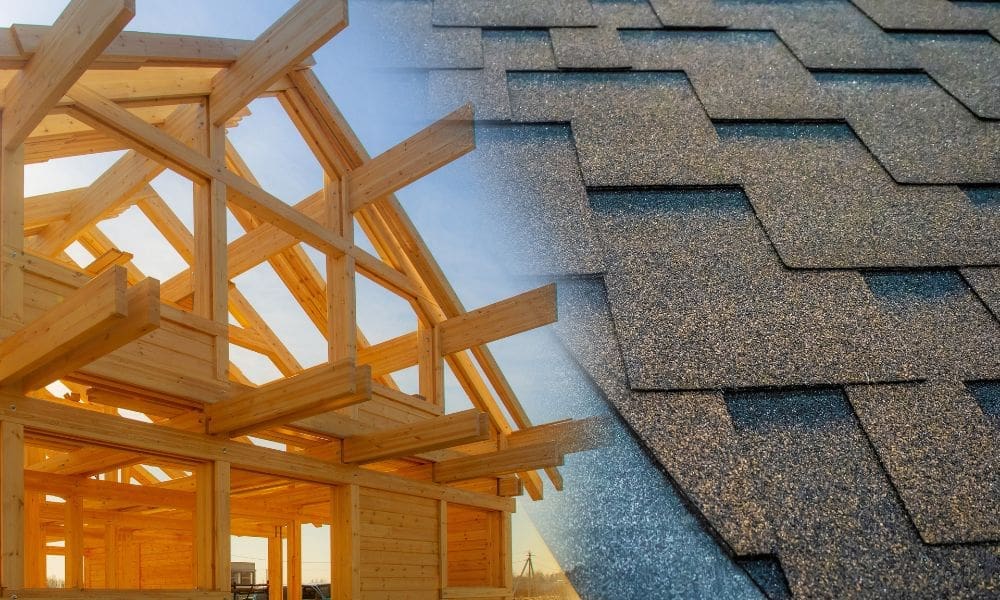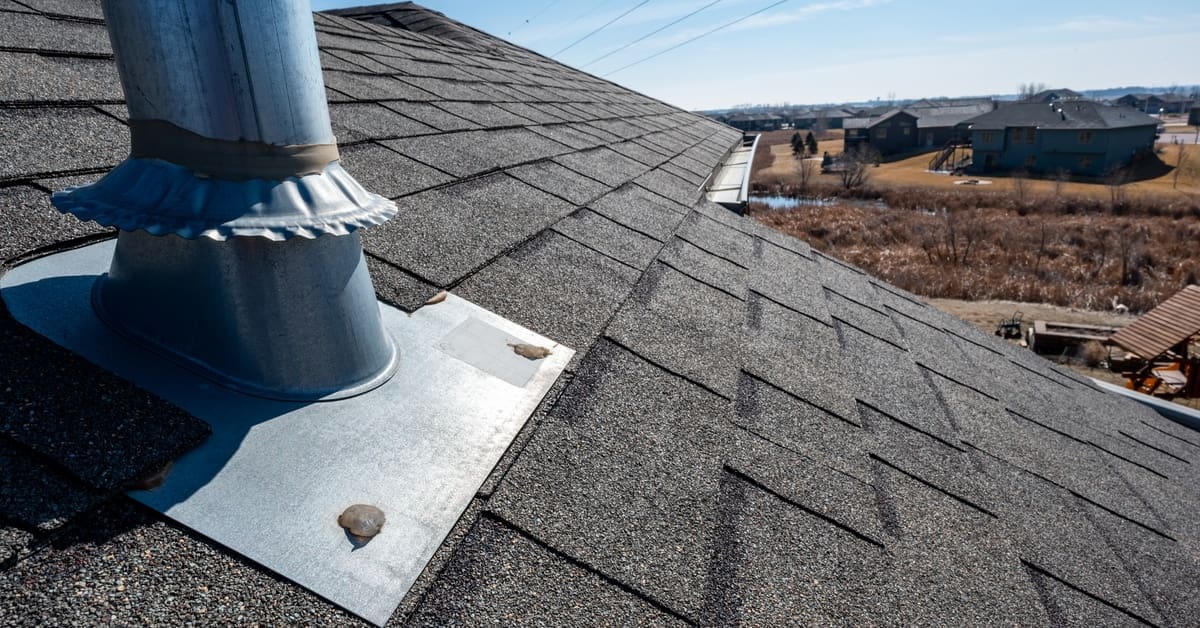Imagine this scenario: a violent storm abruptly disrupts the tranquility of your home. It rattles your windows, brings torrents of rain, and tosses debris through the air. In such moments, the strength of your home defines its integrity—and no part is more vital or vulnerable than the roof. But what goes on behind the scenes as storm clouds gather, and how do your local roofing contractors ensure your shelter remains secure amidst adverse conditions?
This comprehensive guide delves into the intricate world of professional roofing, unveiling the careful measures and responsive strategies that ensure roofing contractors adapt to harsh weather conditions. Follow along as we elaborate on the often-overlooked resilience of your most overhead defense.
Understanding Adverse Weather Conditions
Understanding the weather is paramount before plucking a single nail or tile from the roofing. Adverse weather conditions come in myriad forms, each threatening rooftops in its own way. From the icy grip of snow and freezing temperatures to the battering force of winds in hurricanes, the impact can be catastrophic for unprepared roofs.
Common Types of Adverse Weather
- Heavy rains: Prolonged rain showers can lead to leaks, mold, and structural damage.
- High winds: Gusts can uplift shingles, tear off roof sections, and create water entry points.
- Hailstorms: This intense form of precipitation can impact the surface of your roof, leading to shingle damage, cracking, or granule loss.
- Snow accumulation: The gradual, weighty burden of snow can lead to structural strain or contribute to water penetration when it melts.
- Severe temperatures: Fluctuations between extreme cold and hot temperatures can weaken roofing materials, compromising their integrity.
Impact on Roofs and Potential Damages
Adverse weather, regardless of form, can lead to detrimental effects on your home’s roof. Some common damages include the following:
- Leakage: Water ingress is perhaps the most immediate and troublesome sign of weather-induced roof damage.
- Wind damage: Entire roof sections can lift up, directly exposing your home to the elements.
- Structural issues: Heavy precipitation and the weight of snow can lead to structural weakening or collapse.
- Long-term wear: Repeated cycles of extreme weather can accelerate the aging of roofing materials and render them less effective.
Preparing for Adverse Weather
In the face of such challenges, preparation stands as the first line of defense. Roofing contractors recognize the vulnerability of rooftops and advocate a proactive approach, starting with the seasons that precede the potential for weather extremes.
Roof Construction Preparation
Roofing contractors know the risks involved when a roof is under construction during adverse weather. That’s why they implement rigorous safeguarding measures to mitigate potential issues. These measures include scheduling work during more predictable weather seasons wherever possible and continuously monitoring weather forecasts so that they can act quickly.
If weather changes occur, contractors cover the unfinished roof with heavy-duty tarps or other waterproof materials to prevent water ingress. They also secure loose materials and tools to stop them from becoming hazardous projectiles during high winds. In addition, contractors will prioritize getting the roof to a stage where it can provide adequate protection against the elements, even if not fully completed. This multi-faceted approach to preparation is essential in upholding the structure’s integrity and the household’s safety.
Regular Roof Inspections and Maintenance
Routine inspections—ideally twice a year—form the foundation of proactive maintenance. Trained eyes scour for the smallest signs of wear, and preemptive repairs correct issues before they escalate.
Yearly Checkups
Schedule maintenance to coincide with seasonal changes, ensuring your roof is ready to face Mother Nature’s demands.
Thorough Inspections
The roofing contractor will examine all components, including flashings, gutter systems, and ridge vents—not just shingles.
Preventative Actions
Trim overhanging branches, clear debris, and eliminate mold or mildew that might hamper protection.
Reinforcements and Upgrades for Weather Resistance
Designers craft modern roofing materials with adverse weather in mind, offering high-tech solutions where traditional methods falter. Engineers have added various upgrades to ensure today’s roofs can withstand bad weather. A-Rite Construction uses high-quality roofing materials such as GAF. A GAF roof installation ensures you can trust that your home’s roof can handle the bad weather.
Contractors will also use reinforced fastening to ensure the roof’s protective layer remains intact against high winds. The impact-resistant shingles offer a more robust surface and underlayment. Improved insulation also mitigates ice dam risks.
Emergency Response and Damage Control
Even the most vigilant preparation can be assailed by the unexpected. In those moments, a clear plan and swift action are critical for minimizing potential harm and limiting weather intrusion into your home.
Creating an Emergency Plan
An emergency preparedness plan focuses on immediate safety and operational responses.
- Family protocols: Understand where to shelter within the home when a storm strikes and how to shut off utilities if necessary.
- Roofing contacts: Have emergency roofing services pre-approved to ensure rapid responses when needed.
- Temporary fixes: Know what stop-gap measures are available, such as tarping, to temporarily mitigate damages.
Temporary Repairs and Preventing Further Damage
The initial response aims to staunch the bleeding, so to speak, and give the homeowner time to seek permanent repairs. This step may involve:
- Immediate actions: Plug leaks with temporary patches or divert water flow as needed.
- Professional guidance: Consult with a roofing professional on the immediate steps to take.
- Documentation: Keep a record of the actions taken. Insurance claims will require documentation.
Materials and Technologies for Weather Resilience
Many advanced materials are available, each adding a layer of resilience to your home. Examples include synthetic underlayments, solar-reflective coatings, and stormproof adhesives.
Insurance and Claims
In the aftermath of weather-related damage, insurance becomes the financial enabler of recovery. However, navigating the claims process can be as daunting as the ordeal itself. Ensure you contact your insurance provider immediately. They’ll help you start a claim and keep you looped in throughout the process. Don’t be afraid to ask questions, and keep documentation for everything.
Closing Thoughts.
The resilience of the modern home rests heavily on the shoulders of our intrepid roofing professionals. Through education, diligence, and a commitment to perpetual improvement, they stand as the stalwart guardians of all we hold dear. Investing in the stewardship of your roof is a long-term declaration of care and preparedness—an assurance that when the elements rage, your home will remain intact.
Roofing contractors offer skilled expertise when it comes to roofs and adverse weather. They’ve learned to adapt over the years, along with the evolved roofing products. Take their advice, and your roof will still stand after bad weather. Whether it’s through proactive maintenance, responsive repairs, or diligent investment in the latest roofing innovations, the adaptability of the roofing industry is what truly shelters us from the storm.




